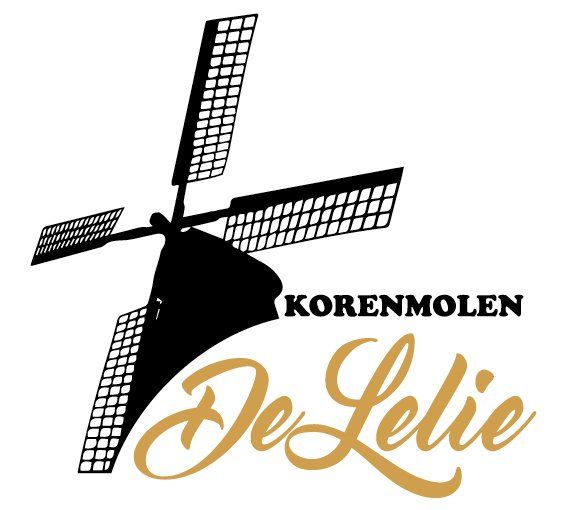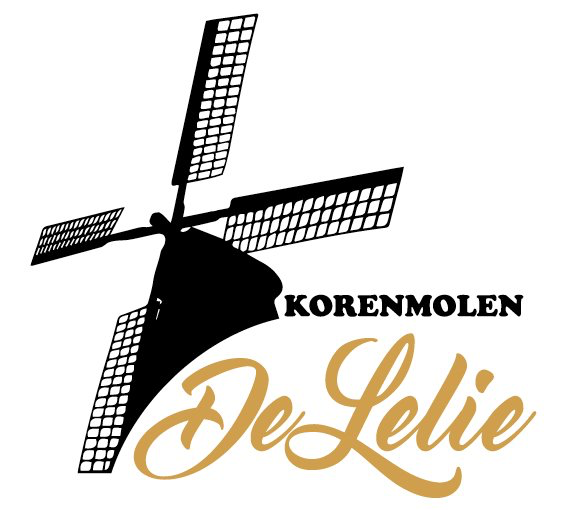Varieties
Common wheat varieties are classified by growing season:
• winter wheat,
• spring wheat and
• transitional wheat
of
according to the gluten content in the grain:
• hard (a lot of gluten) and
• soft (lots of starch, little gluten)
◦ baktarwe
◦ return
◦ feed wheat
◦
The protein of common wheat consists of approximately 58-65% gluten (gliadin and glutenin).[1]
Old breeds in the Netherlands
Around 1870, the two landraces Zeeland wheat and Gelderse wheat (Gelderse red) with good baking properties were widely grown. After this, the English breeds Essex and Squarehead (Red Dikkop) became popular. Essex replaced the Zeeuwse and Squarehead the Gelderse. These English varieties were often crossed with the landraces of Zeeland and Gelderland wheat. This gave rise to the important Wilhelmina variety, which was widely cultivated in the Netherlands until about 1940. In addition to Wilhelmina, Juliana, Witte Dikkop, Imperial I and Miljoen III also occurred. Wilhelmina was succeeded by Juliana wheat and Imperial I by Imperial IIa. These are all varieties with long straw. Later, short straw varieties were introduced that could require a higher fertilization level.
Due to breeding, the yield per hectare has increased significantly. Around 1920 the yield was still 2700 kg per ha, in 1950 this had increased to 3600 and around 2000 6500 kg per ha with peaks of 10,000 kg.
From the road
In the Netherlands, approximately 145,000 hectares of ordinary wheat is grown per year. If sowing conditions are poor in the autumn or winter wheat freezes out, more spring wheat will be sown.
Winter wheat
Approximately 125,000 hectares of winter wheat are grown annually. Winter wheat can be sown from mid-October to mid-December. It is important for this cultivation to use winter-hardy varieties. The varieties are classified according to baking quality as:
• Baktarwe
• Come back
• Feed wheat
Some spring wheat varieties generally produce the best baking wheat.
Spring wheat
The acreage of spring wheat amounts to an average of 25,000 hectares per year, but can vary greatly depending on bad weather conditions in the autumn for the sowing of winter wheat or a severe winter, during which winter wheat can freeze out. Spring wheat can be sown from the end of January.
Transitional wheat
Transitional wheat is an intermediate type between winter and spring wheat, but is only sown sporadically in Zeeuws-Vlaanderen. However, this type is more commonly used in France and Belgium.
Whole plant silage
Winter wheat is also used to grow "whole plant silage" (GPS), where the entire plant is chopped and ensiled for winter livestock feeding, much like silage maize. The plant is harvested in late June to mid-July when the grain is soft dough to dough size and the dry matter content of the entire plant is approximately 40%.
Grain composition
The wheat grain consists of bran, aleurone layer, flour body and a germ. The flour body is the endosperm of the grain and comprises on average 80% of the grain. With a grinding of 80%, almost the entire flour body has been ground into flour. The flour consists of starch and gluten. The aleurone layer is rich in vitamin B and minerals. The bran consists mainly of cellulose and minerals. The germ contains oil, which produces pressed wheat germ oil. Flour mills remove the germ before grinding, only wind flour mills or mills that grind with stones still supply real whole wheat flour.
Baking quality
The baking quality depends on
• the climate. French and German wheat have better baking quality than Dutch wheat. American wheat has the best baking quality. Wheat makes more gluten as the temperature increases. Gluten is needed as a binding agent for the bread. Spring wheat makes more gluten than winter wheat.
• the falling number which is influenced by the harvest conditions. Wheat that has already germinated in the ear (shot) has a low falling number
• the protein content is influenced by nitrogen fertilization and soil fertility
• the sedimentation value, which indicates the protein quality
In addition, good grinding quality of the granules is important. The higher the percentage of pure flour obtained, the better the grinding quality.
• the grinding. Wheat is milled in a flour mill by six pairs of rollers placed one behind the other. The flour from the front pair of rollers produces the highest quality, while that from the rear rollers produces the lowest quality. In the Netherlands, the flour from all six rollers is sold mixed. In Italy and Germany, among others, a quality indication is used, with the Italian 'farina tipo 00' (also available in the Netherlands) and the German 'Type 405' indicating the highest quality.
(Bron: Wikipedia)






